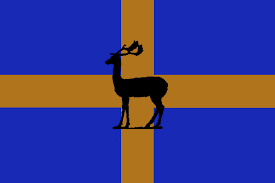
The Dodecanese Islands, or Dodecanese, are a Greek archipelago in the eastern Aegean Sea with around 220,000 inhabitants. Dodecanese consists of a total of over 160 islands, of which only 24 are inhabited.
The largest and most famous island in the Dodecanese is Rhodes. Other notable islands in the archipelago include Kos, Karpathos, Kalymnos, Leros, Patmos, Symi, Astypalea, Kasos, Nisyros, Lipsi, Tilos and Megisti.
The island of Rhodes is the main island of the Dodecanese archipelago and is also the capital of Rhodes City. Around 130,000 people live on the island, half of them in Rhodes Town.
Rhodes is located in the extended Mediterranean, just off the Turkish coast, is around 80 kilometers long and around 40 kilometers wide. This makes it the fourth largest of all Greek islands.
The island landscape of Rhodes is mostly very mountainous, with the 1,215 meter high Mount Attavyros as the highest point. The island of Rhodes is one of the sunniest territories in Europe, with very rare rainfall during the long summer months.
Other important cities on the island of Rhodes are Lindos, Lalyssos, Faliraki, Afandou, Asklipio, Theologos, Koskinou and Archangelos.
Tourism is by far the most important industry in Rhodes, with around 88%. Olives and wine are also grown in agriculture and goat cheese is made.
The most important sights in Rhodes include the statues of Elafos and Elafina at the entrance to the harbor of Rhodes, the Grand Master's Palace with its fortifications and city walls, the Süleyman Pasha Mosque, the old town of Rhodes Town, the thermal baths of Kallithea, the Acropolis of Lindos, the ruins of Monolithos, the Acropolis and the Ancient Stadium in Rhodes Town, the three windmills at Mandraki harbor - the most photographed photo motif in Rhodes, the Jewish Museum with the synagogue, the Tsambika Monastery with its impressive view, the Gothic Church of the Virgin from the Burgh, the medieval Street of the Knights in the old town of Rhodes, the Folklore Museum, the Church of the Assumption in Lindos, the Saint Nektarios Church in Faliraki, the archaeological museum, the Church of St. Panteleimon, the impressive “Thalassini Pyli” gate in the old city wall as well as numerous beautiful, long sandy beaches.
In June 2017 I visited the island of Rhodes for the only time so far. There I stayed in a new and elegant boutique hotel, not far from the impressive old town.
The island is a great place for a longer stay due to its numerous attractions, although I found the town of Rhodes to be quite crowded by mid-June. According to my Rhodes-born city guide Valentina, there are usually almost twice as many tourists in August than when I visited in June. Actually, it's almost unimaginable for me, but unfortunately it's the bitter reality.
The morning after my arrival I took the red bus on a complete city tour, which also led through some areas into the interior of the island. This was definitely the best and easiest way to get to know the capital and the surrounding region better.
After this several-hour tour and a hearty gyros for lunch, I spent the rest of the day in the old town. There I arranged to meet Valentina, whom I had met by chance at the airport that morning, in the late afternoon. In three hours she showed me almost every corner of the impressive old town, what an exciting experience.
After this really great day and a fantastically guided tour, I invited Valentina to dinner in her absolute favorite restaurant in the old town. We sat under a huge tree, in the middle of a small old square, without any tourists and at completely normal prices. There can hardly be a better or more idyllic place for dinner.
The island of Rhodes is truly unique and definitely worth a visit. If you don't mind the crowds of tourists in midsummer, you're in the best of hands here.

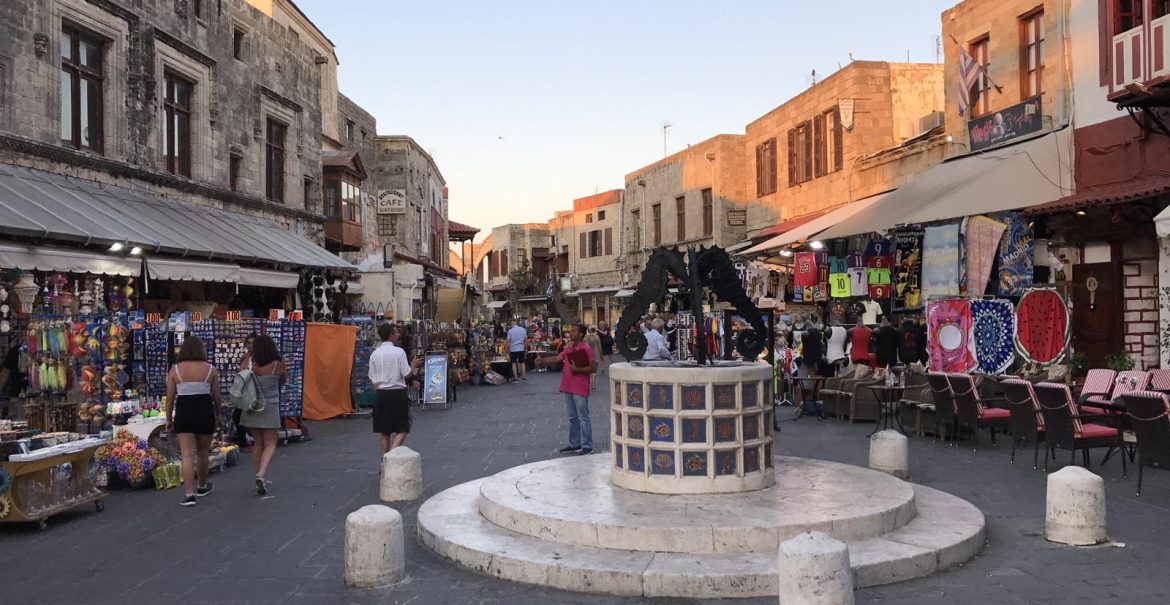
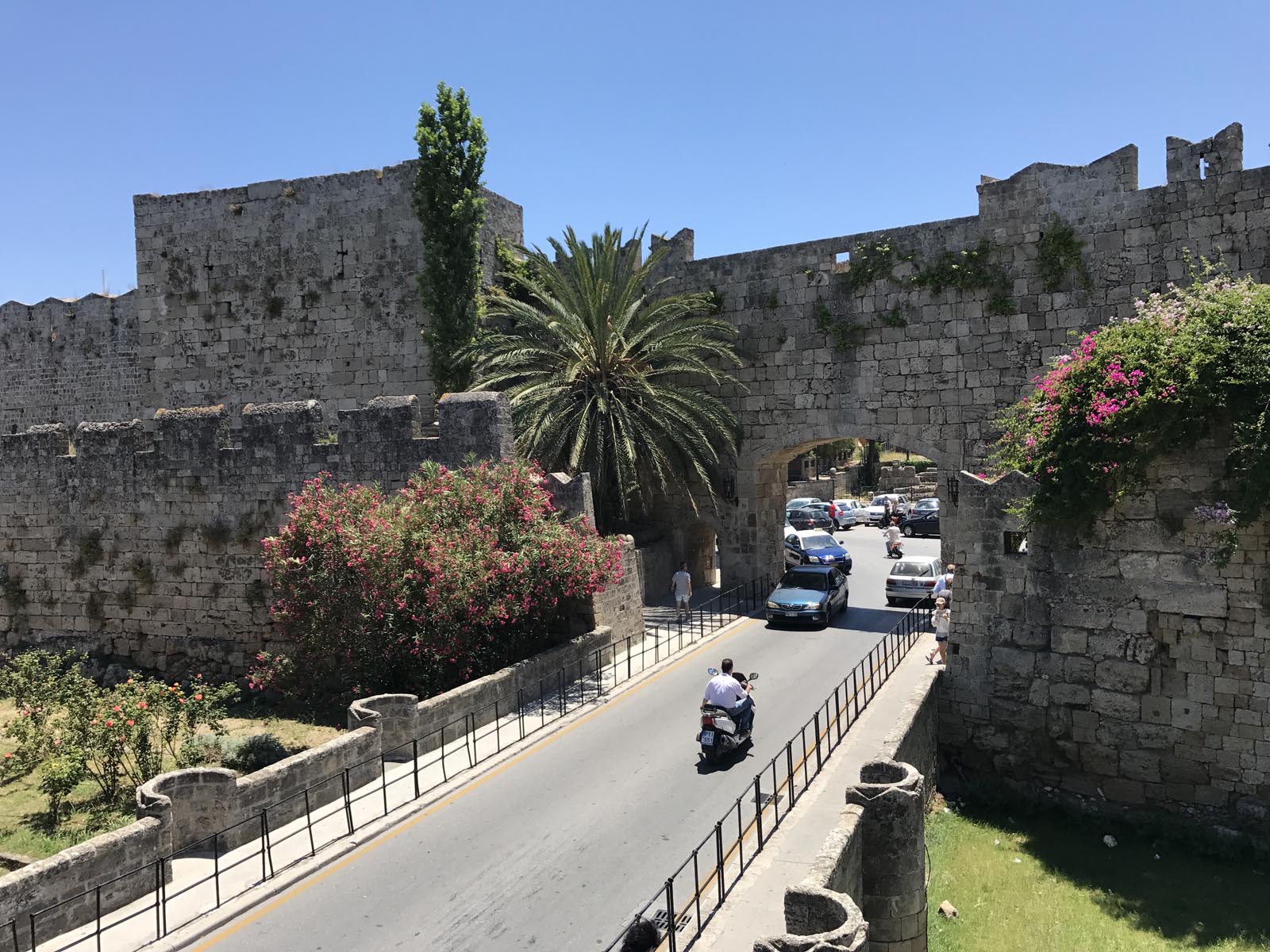
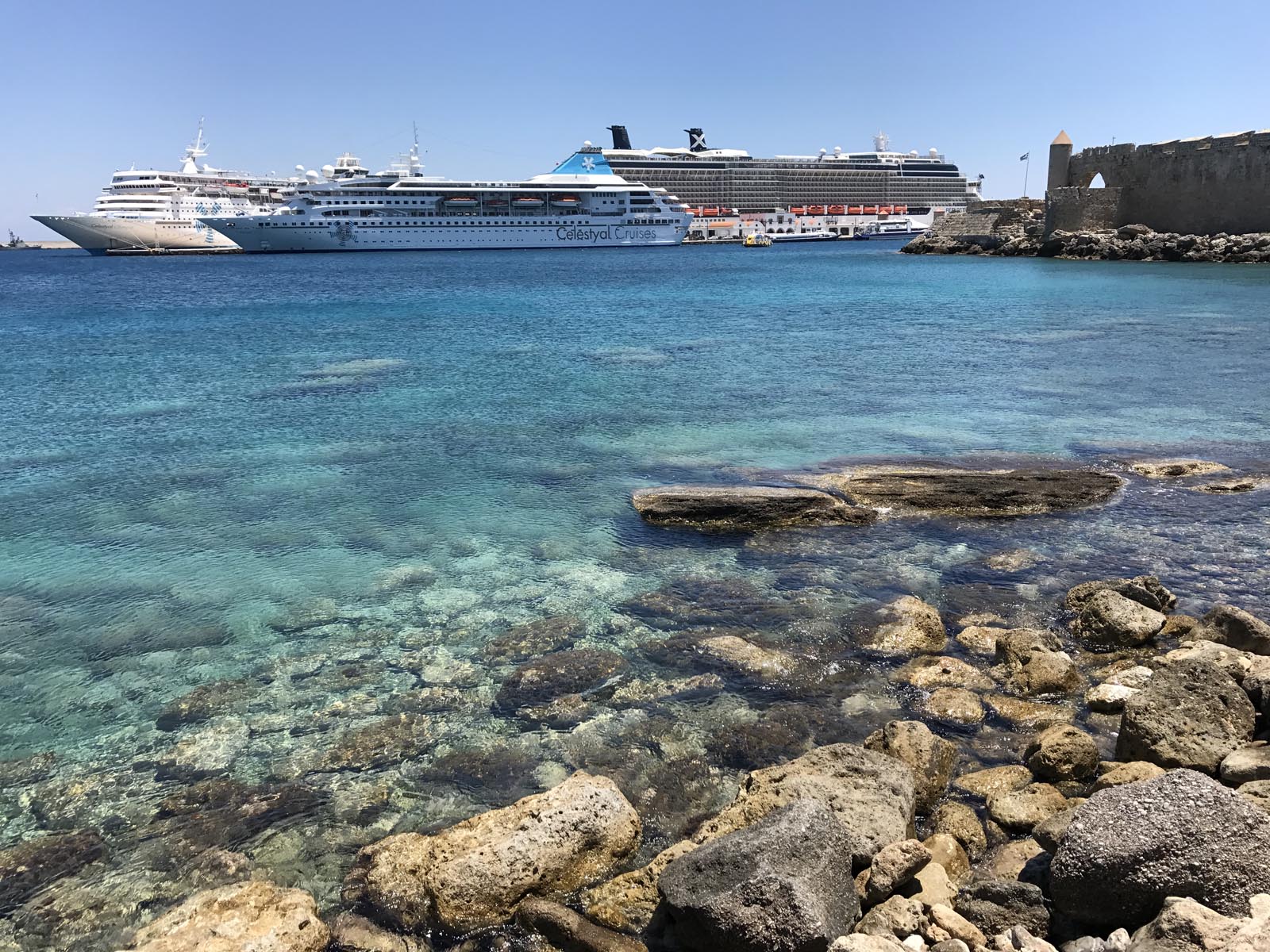
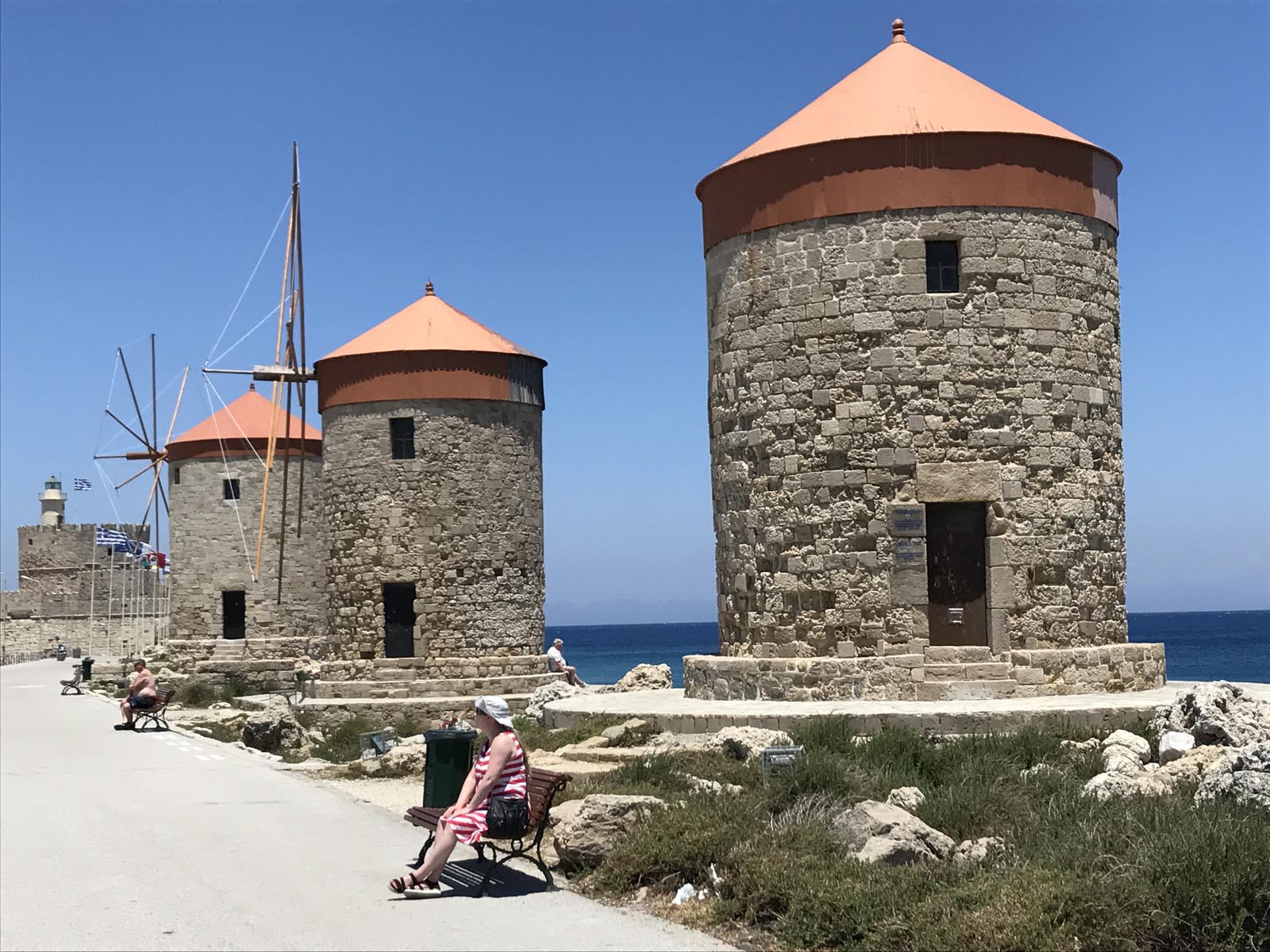
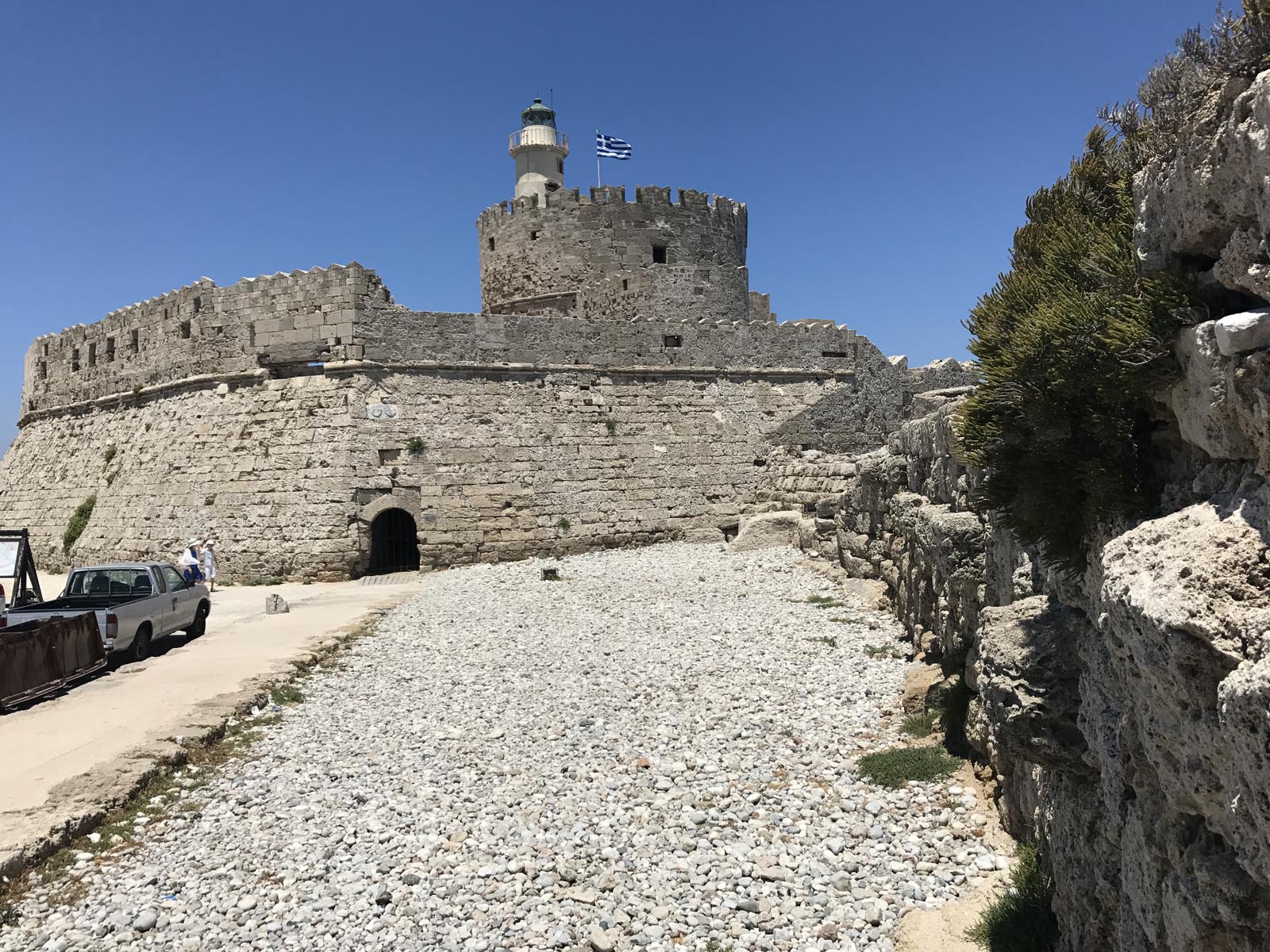


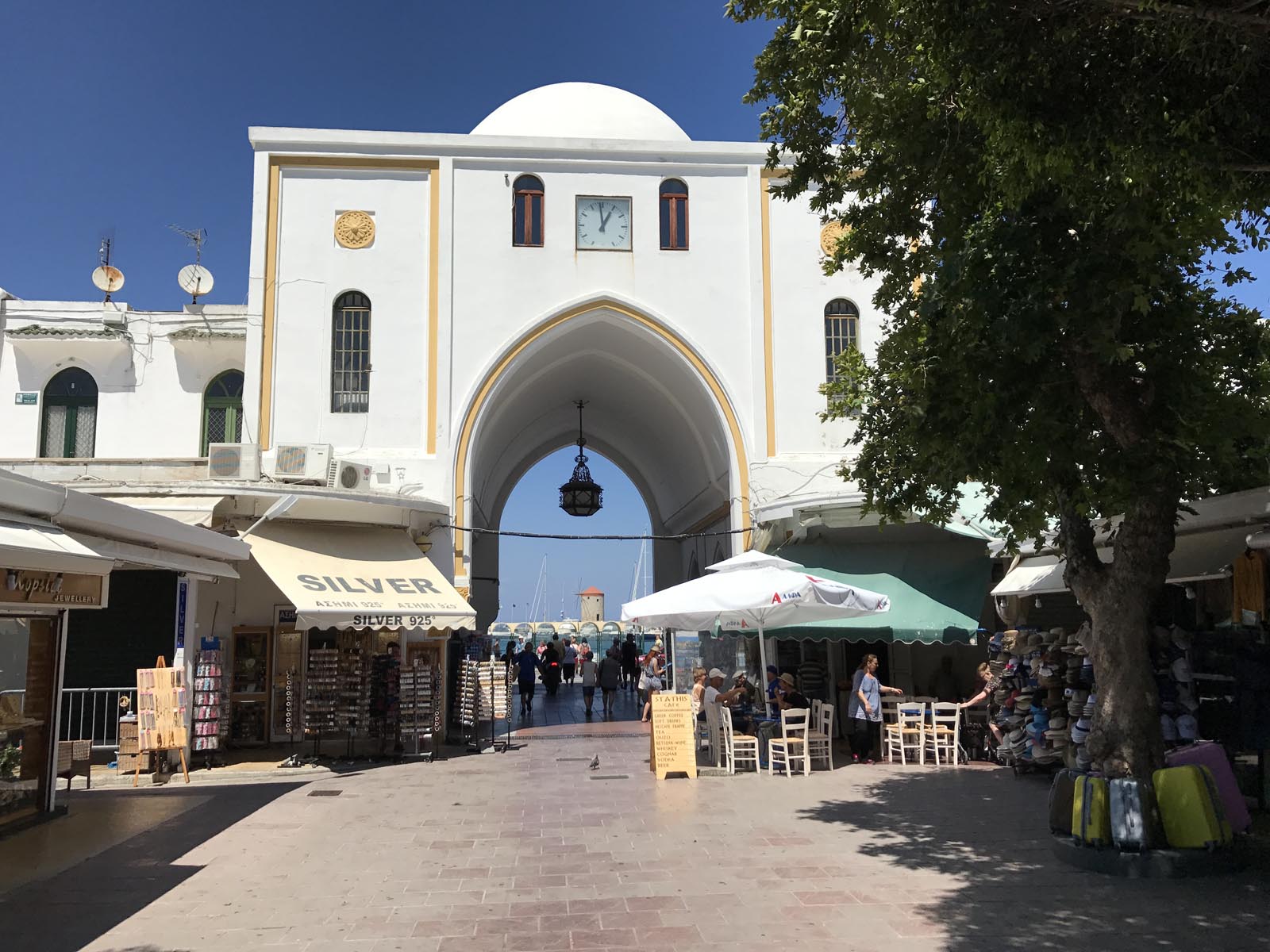
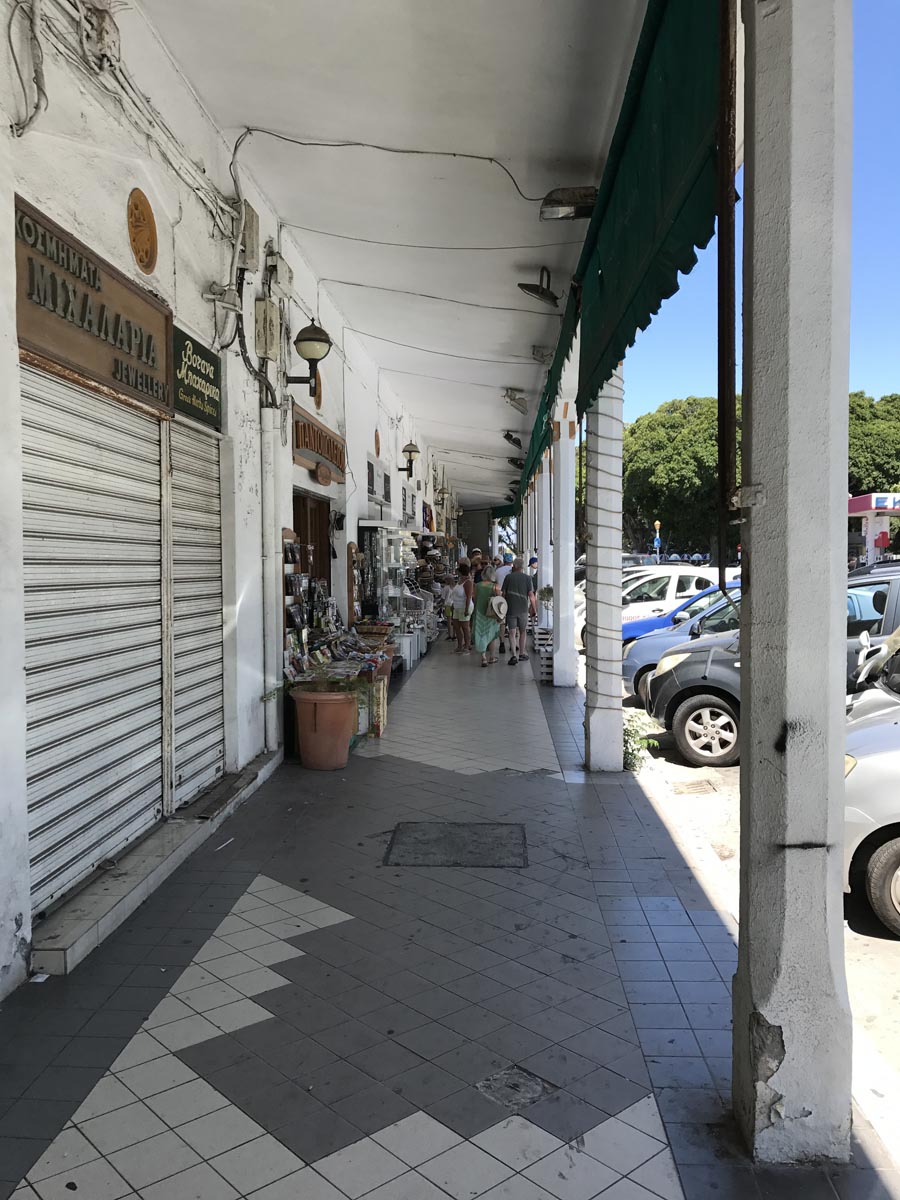
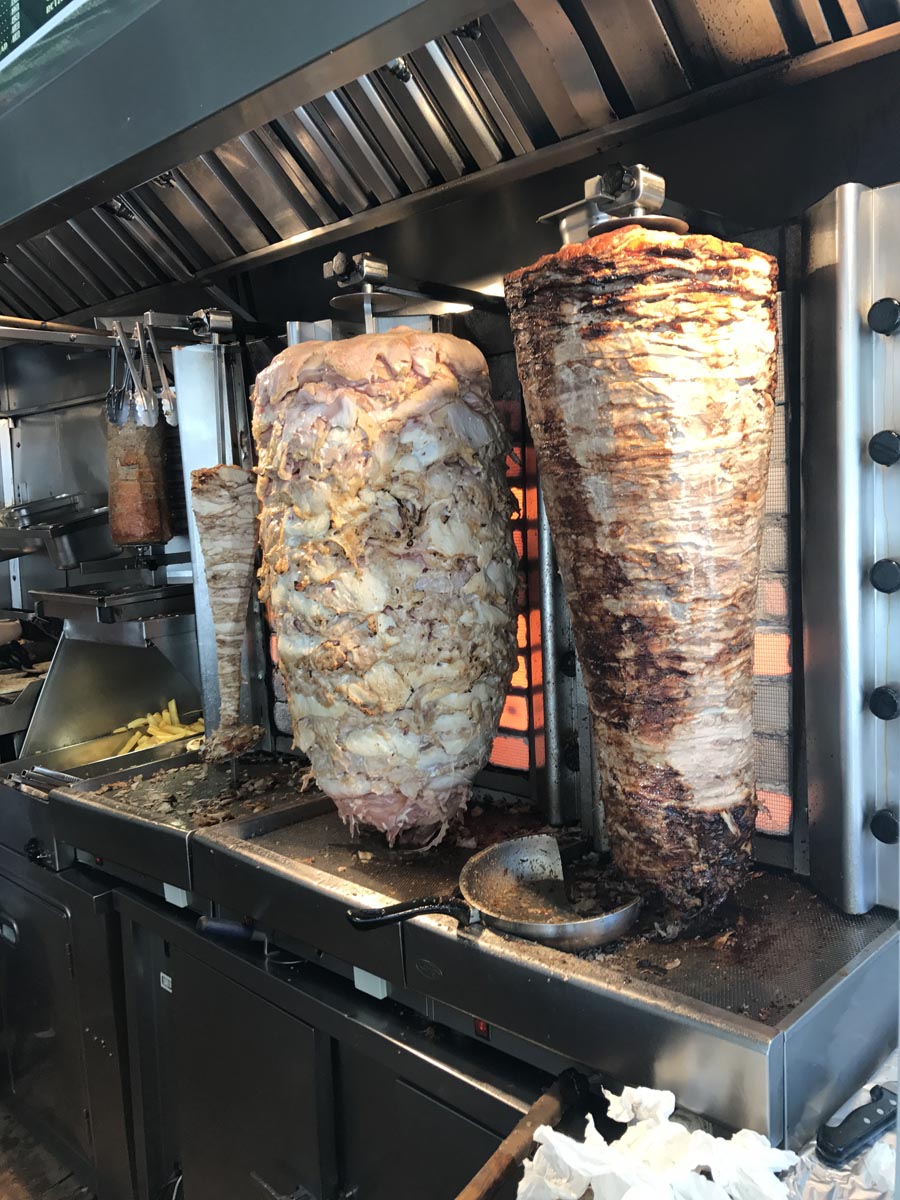
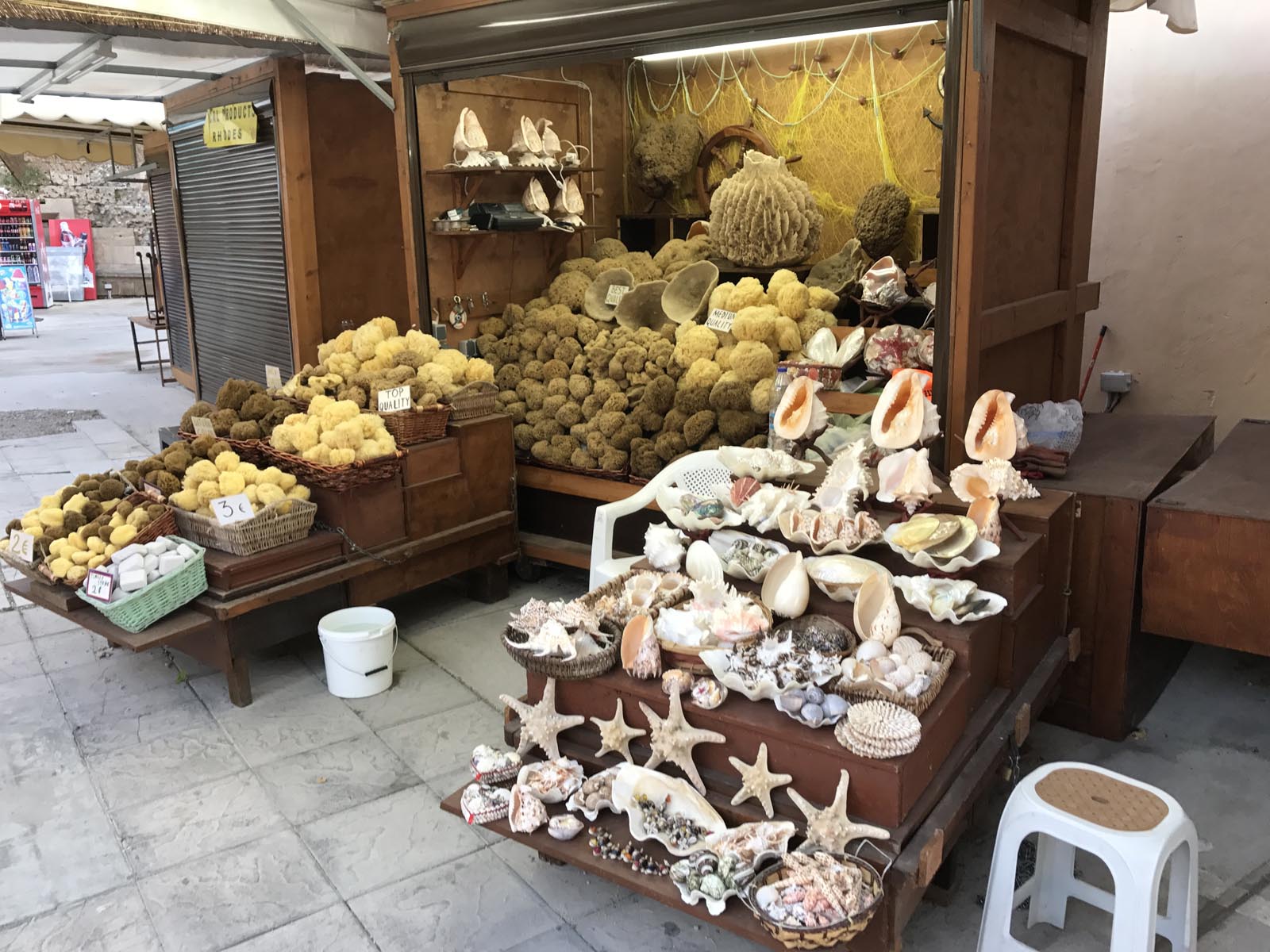
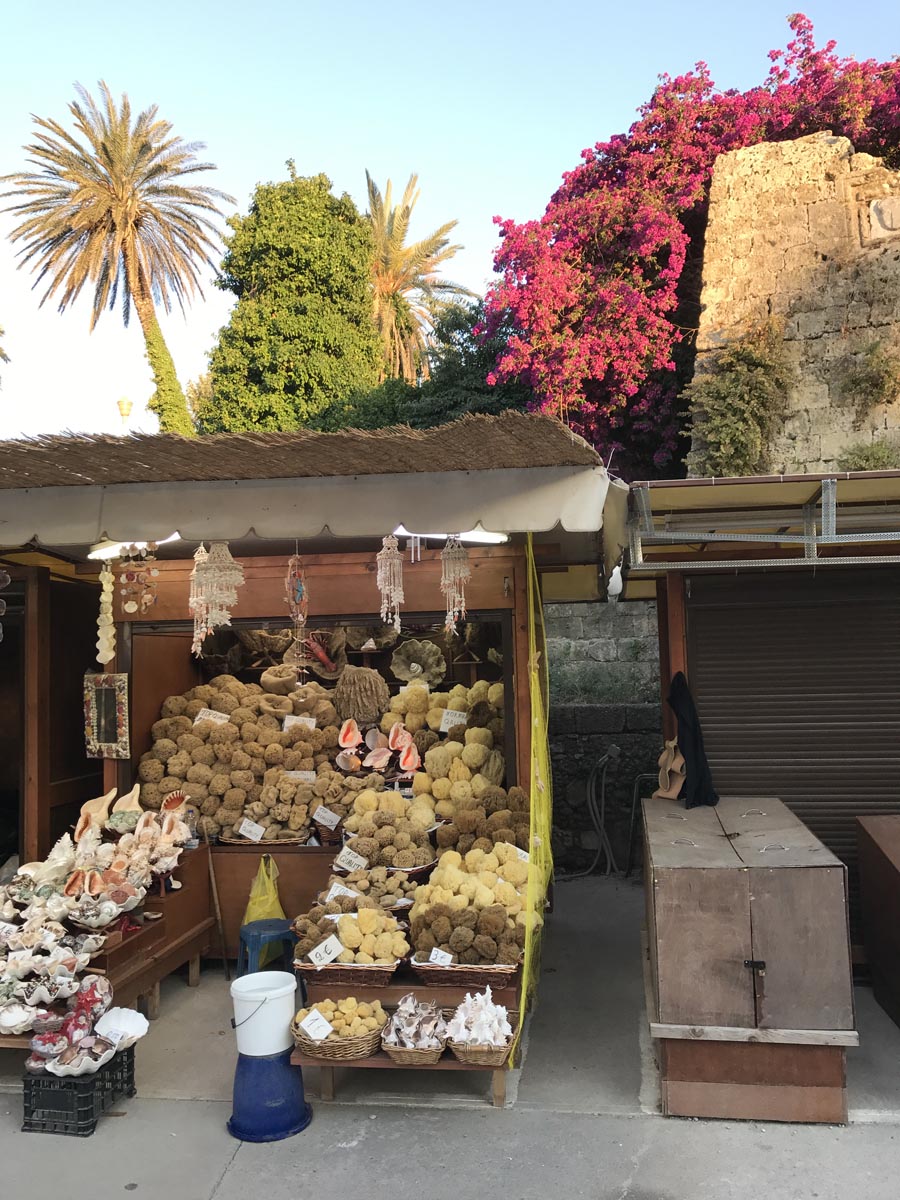
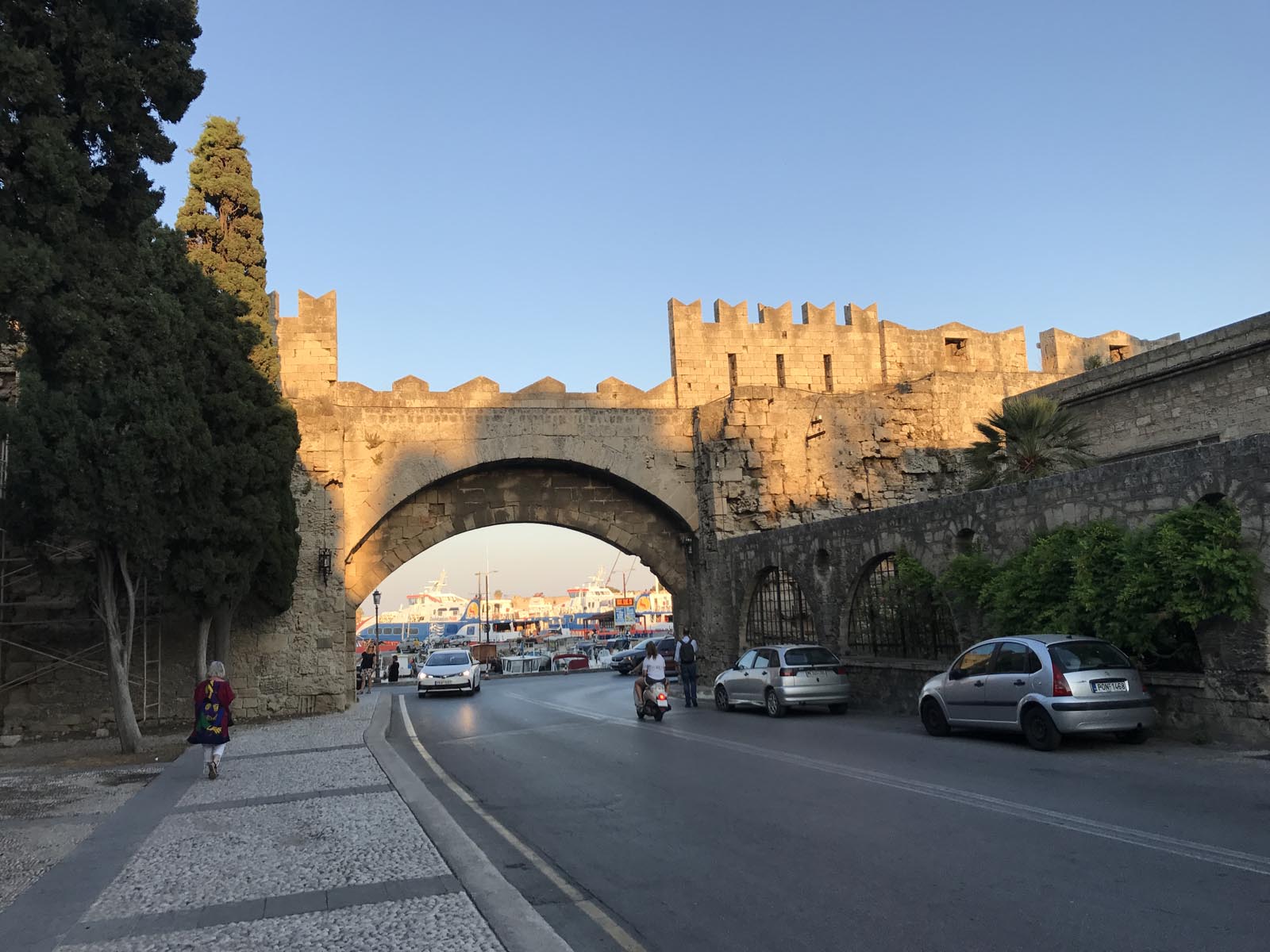



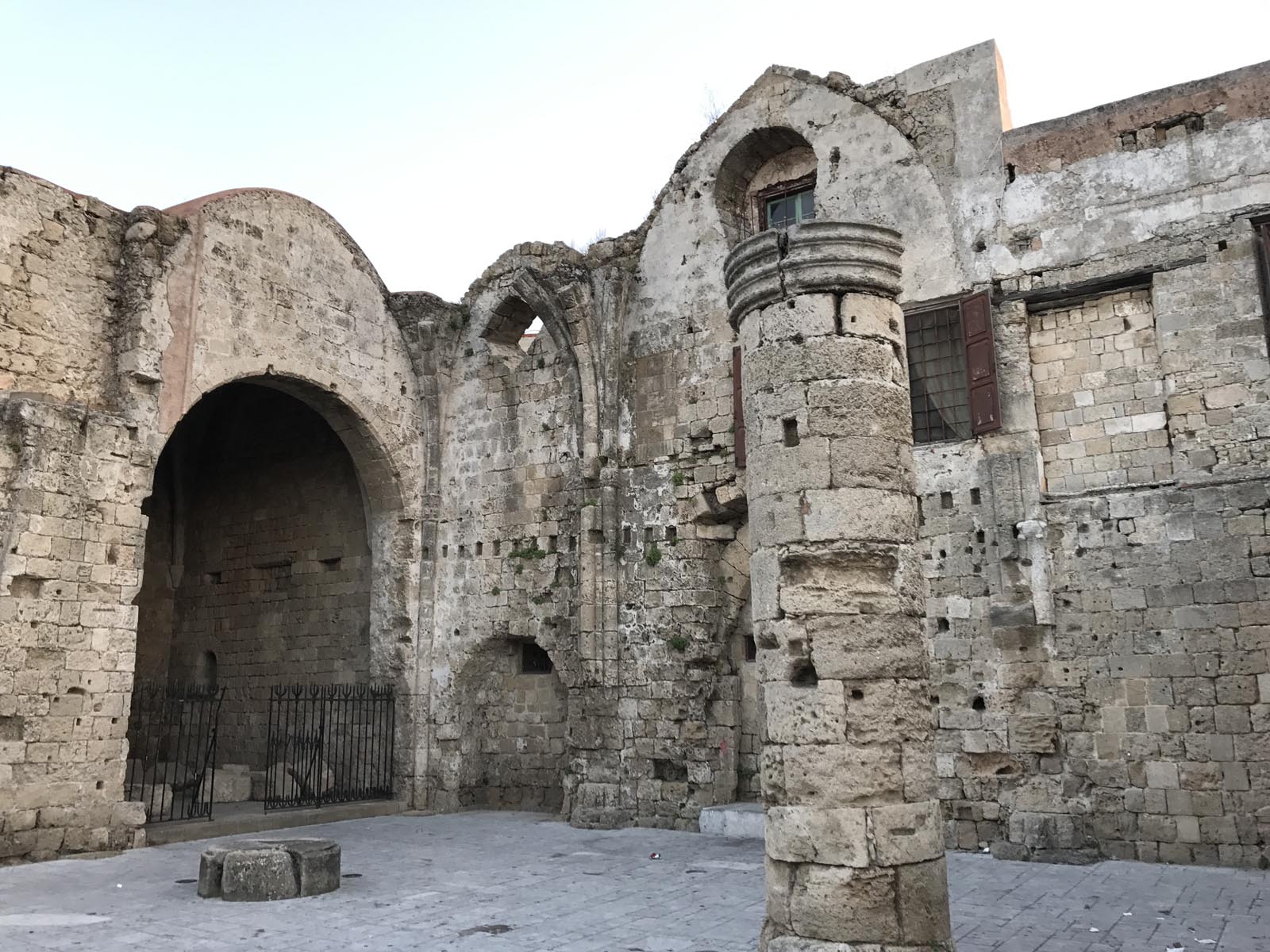
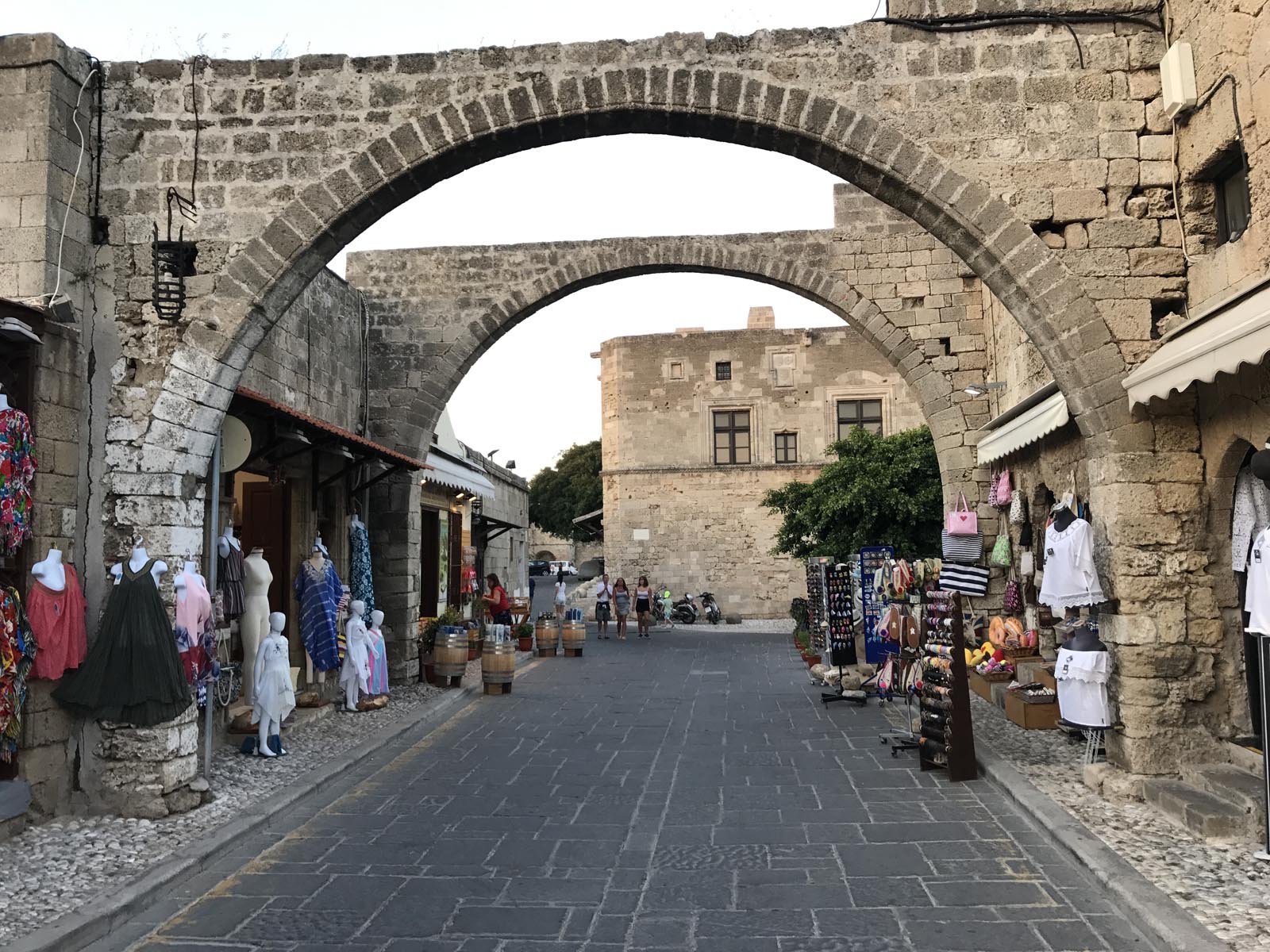
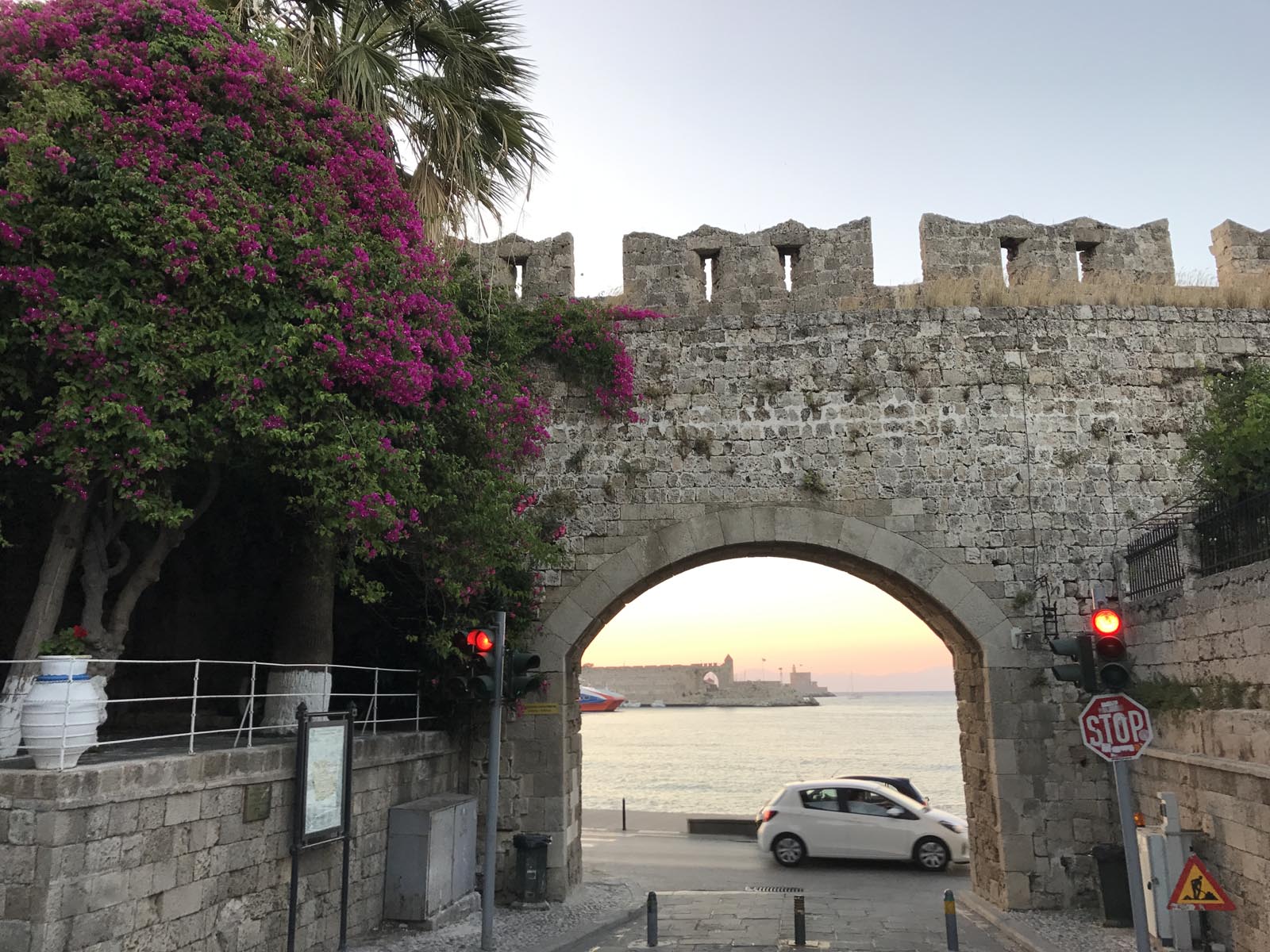
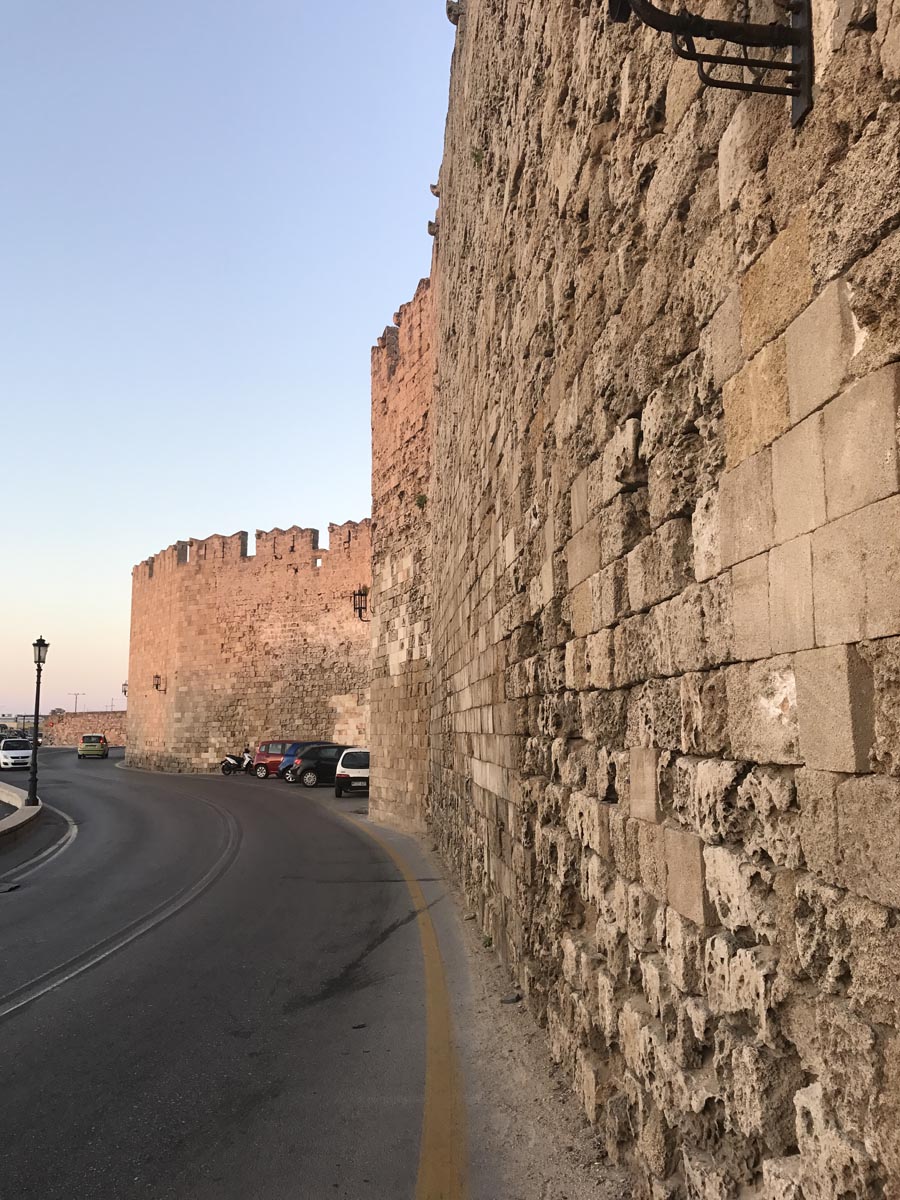

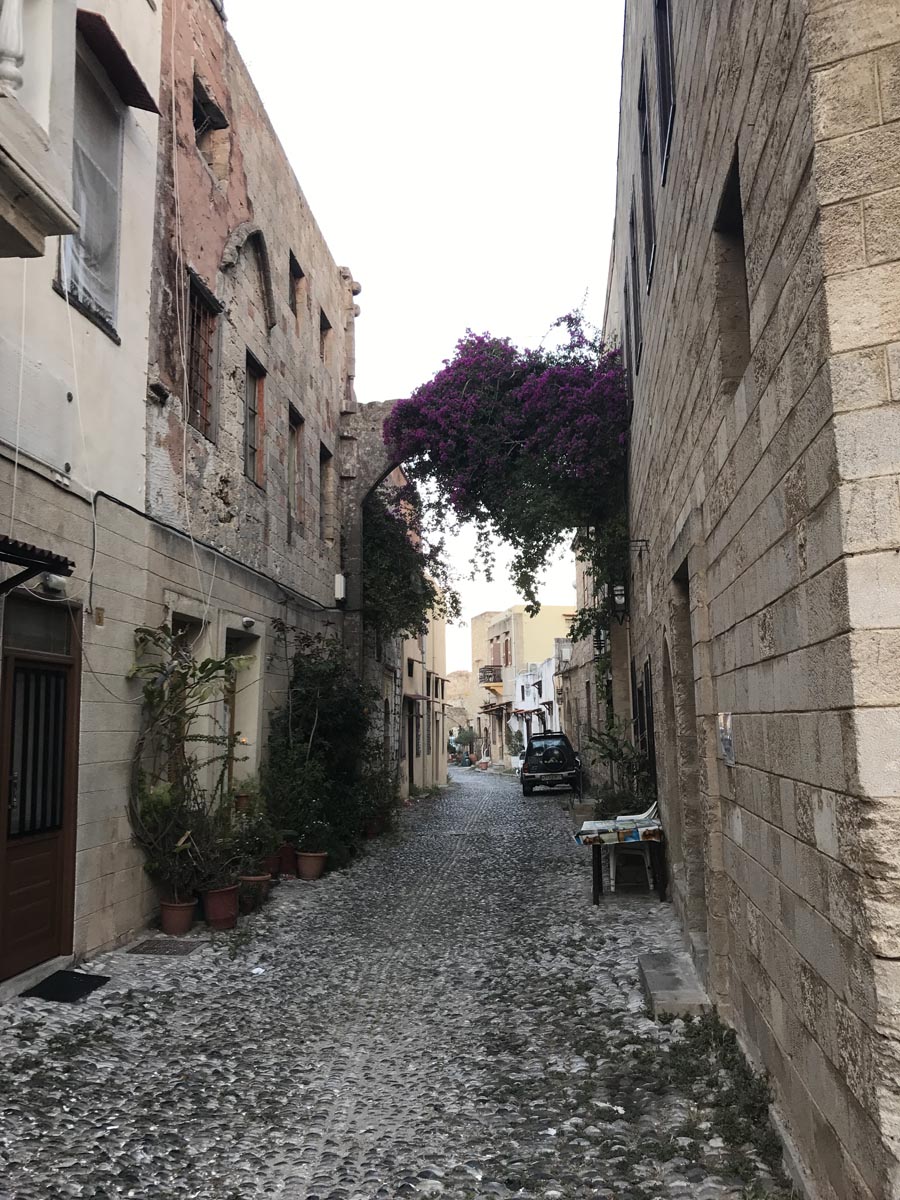
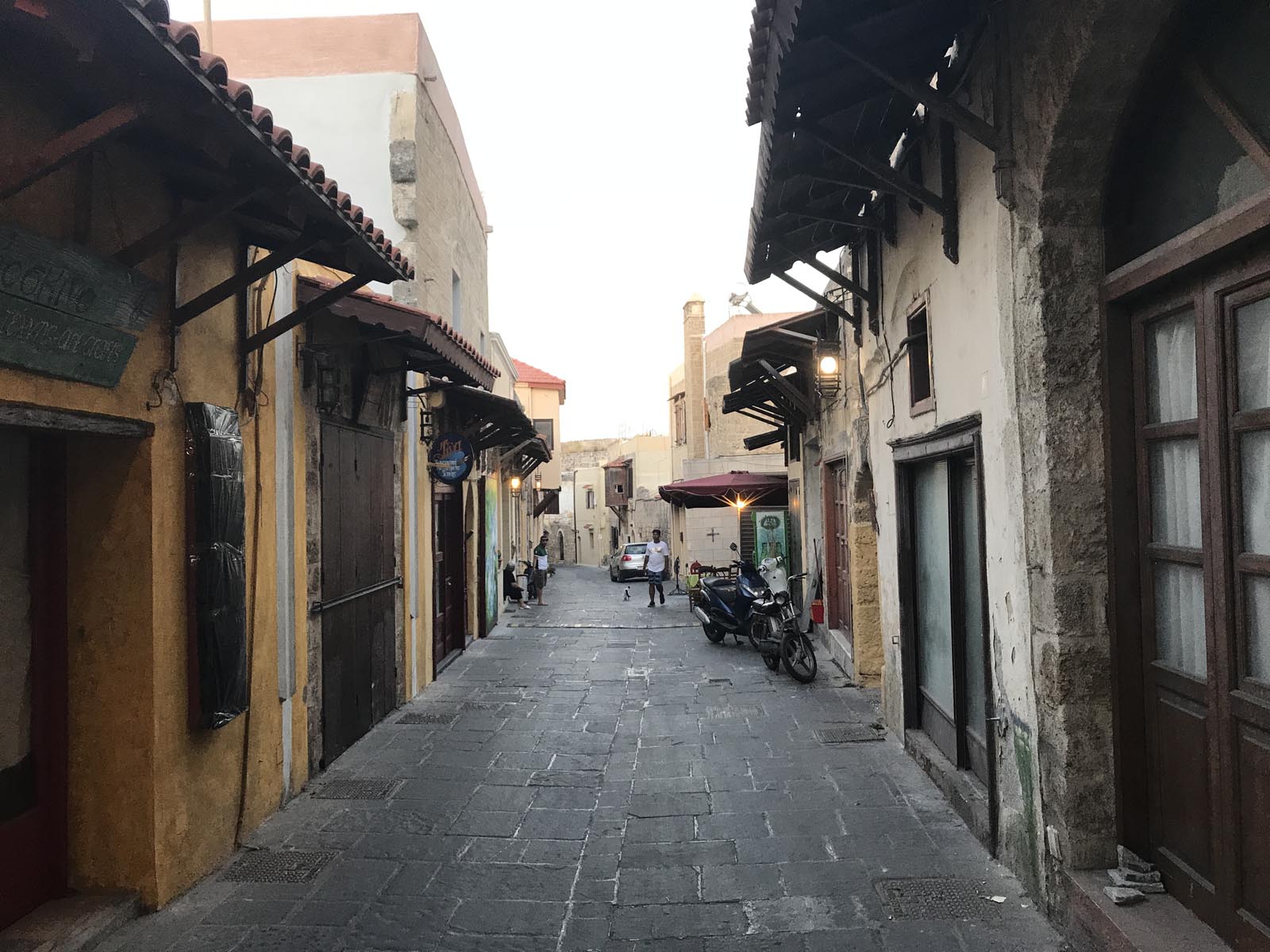
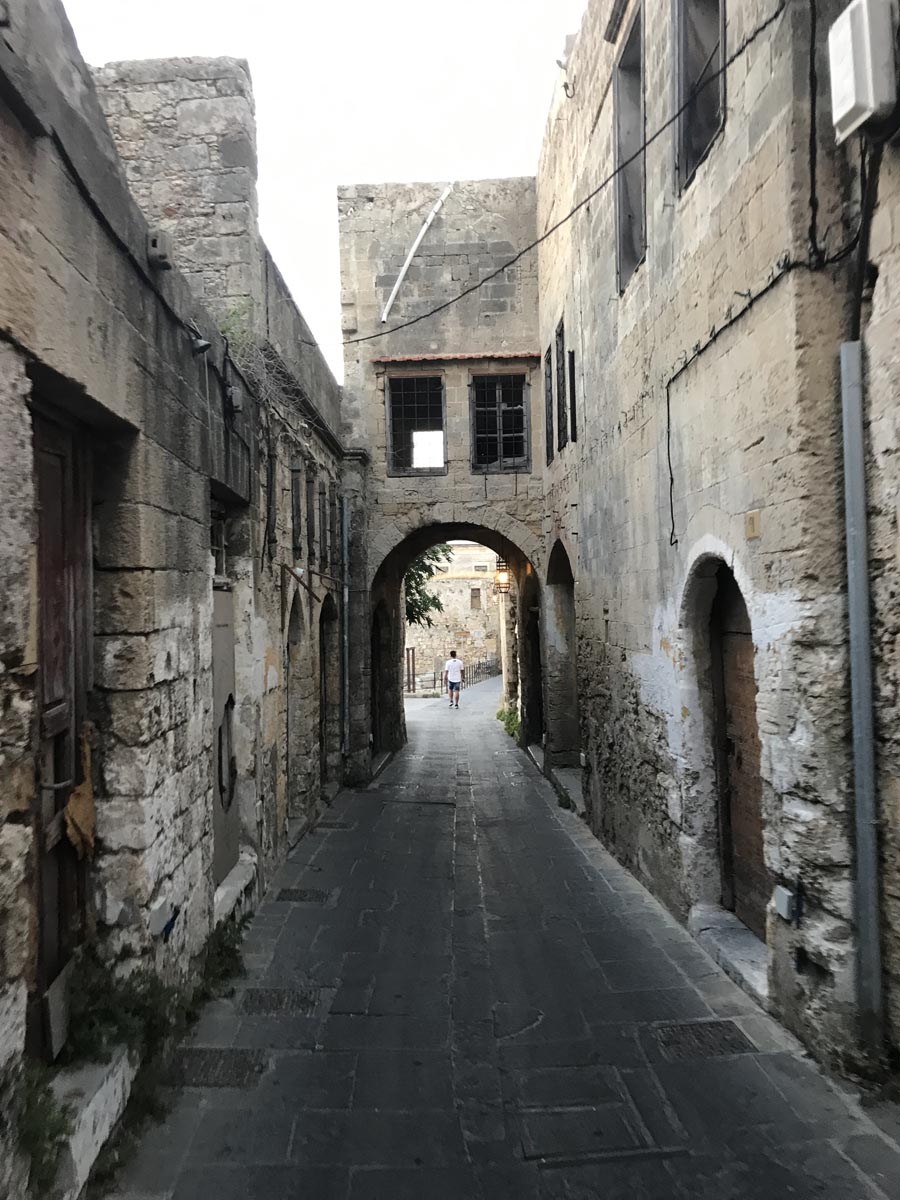
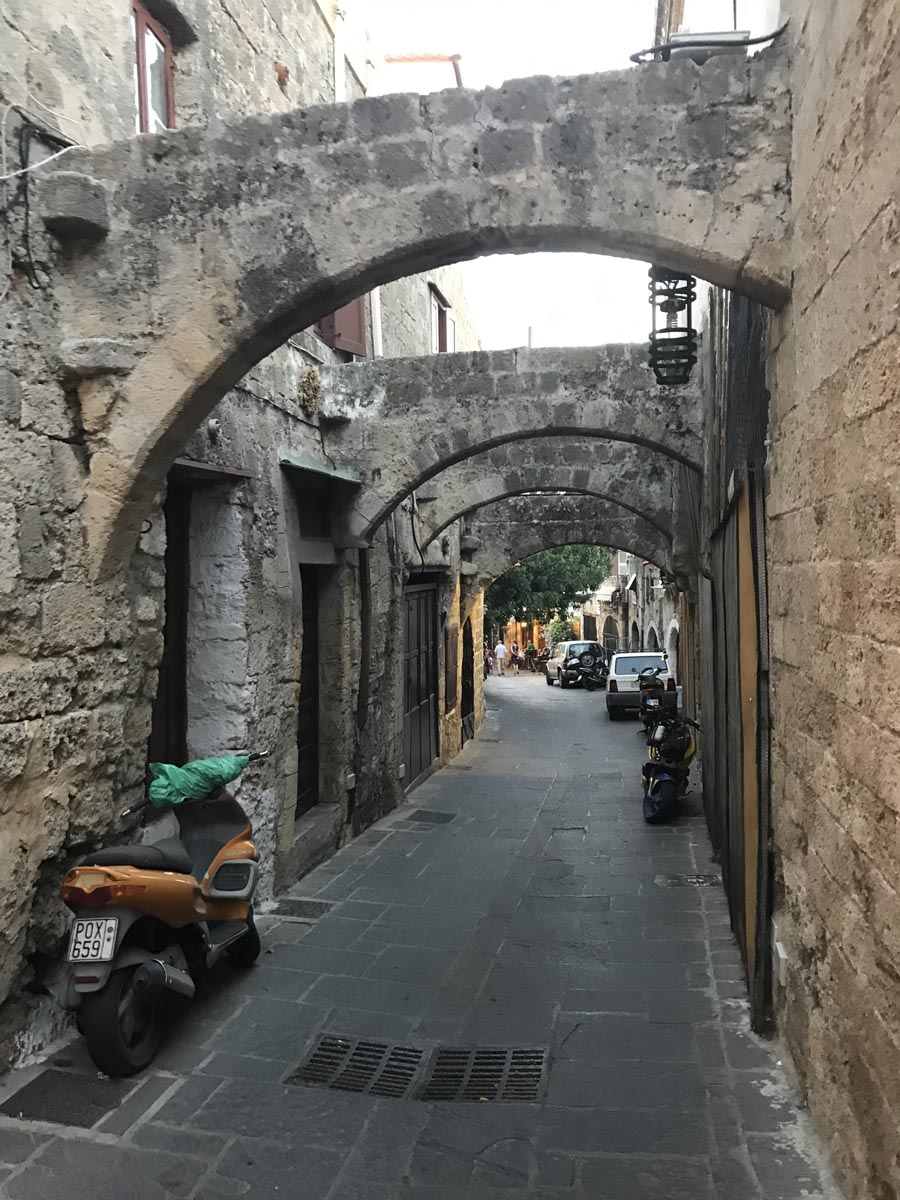


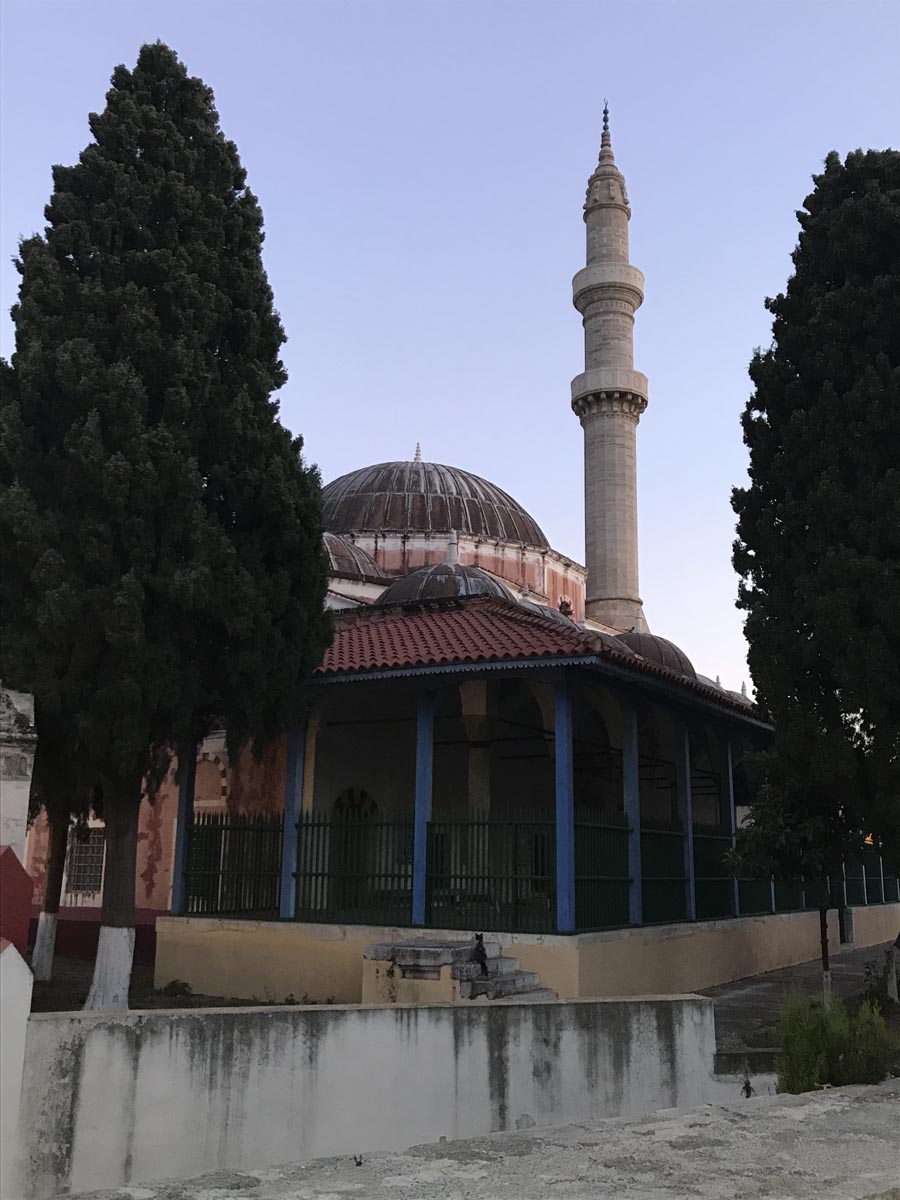
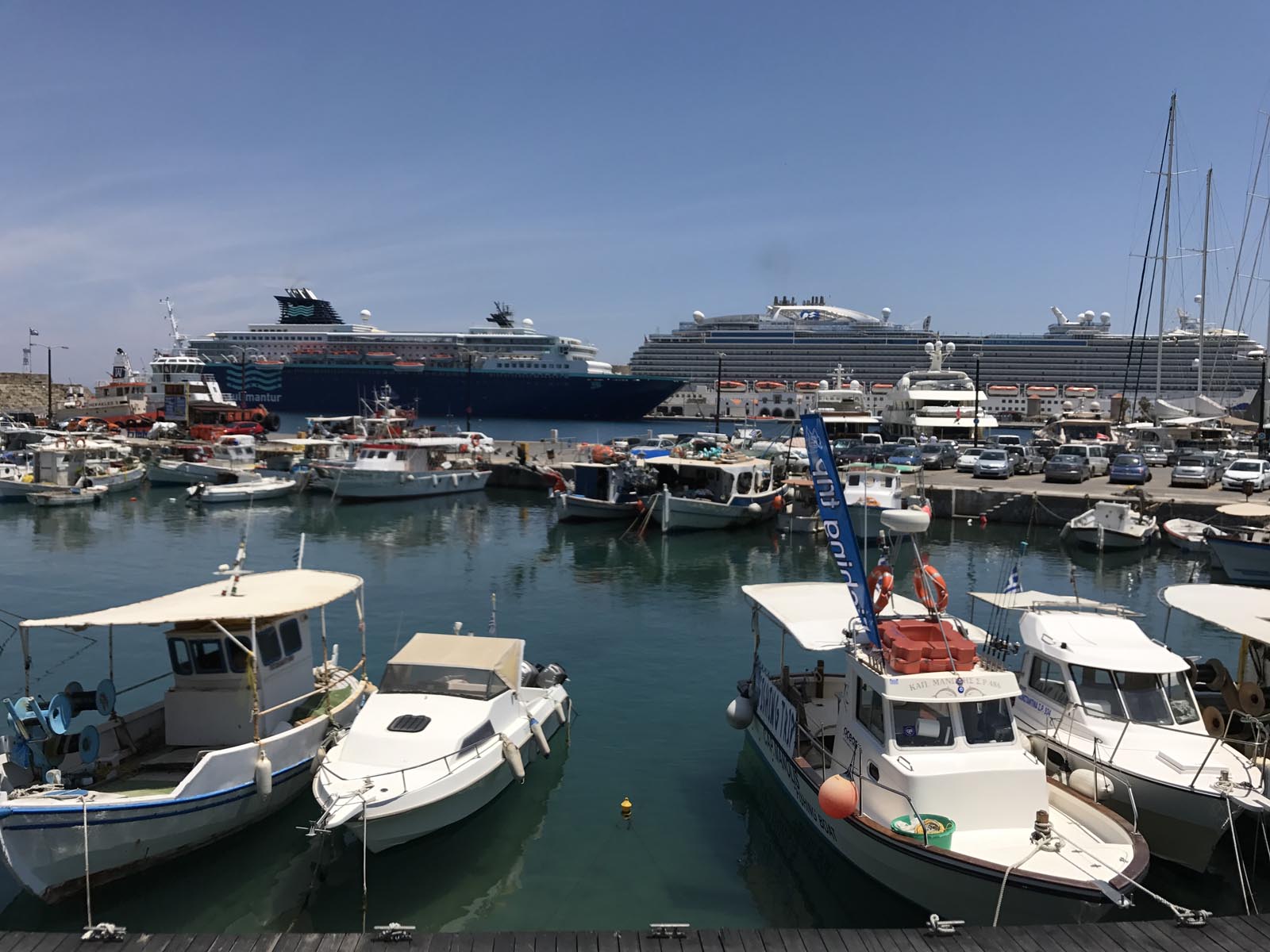
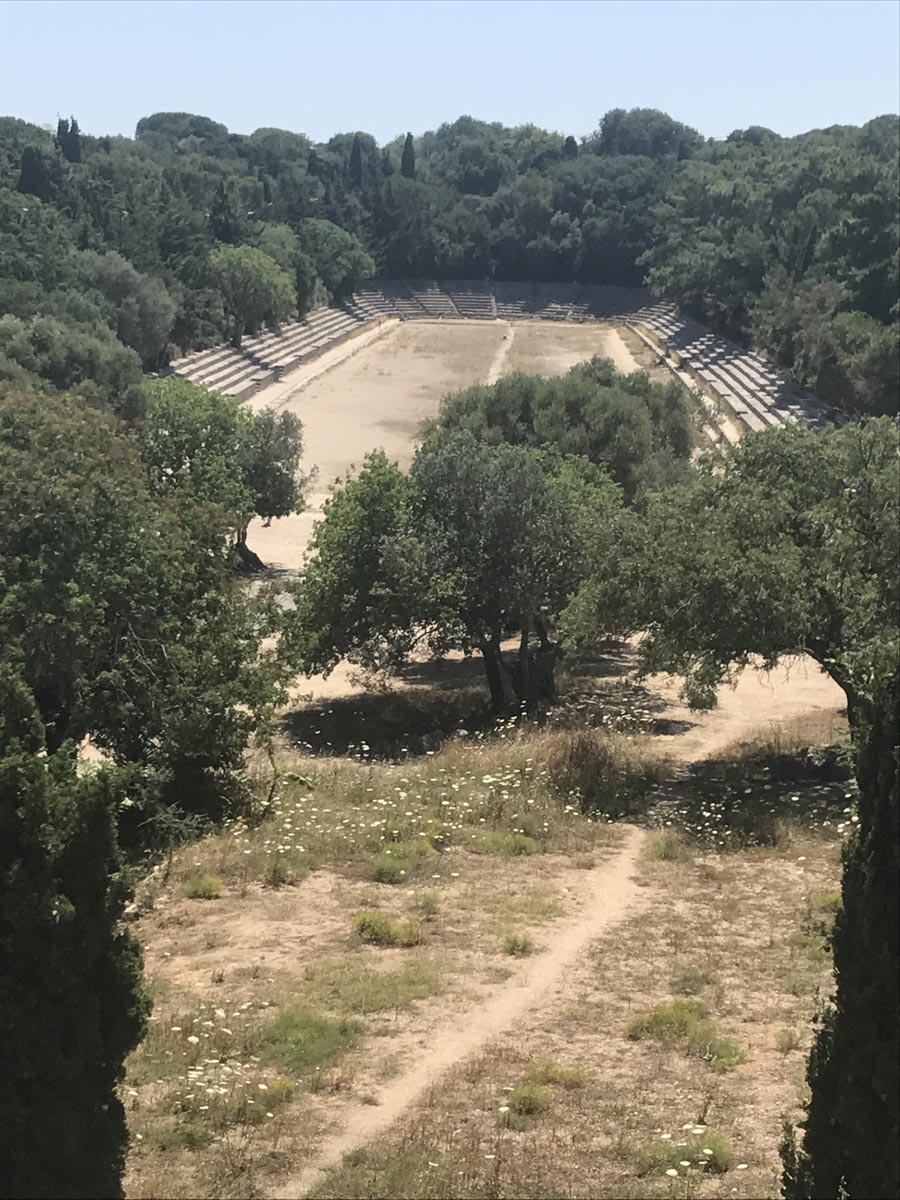
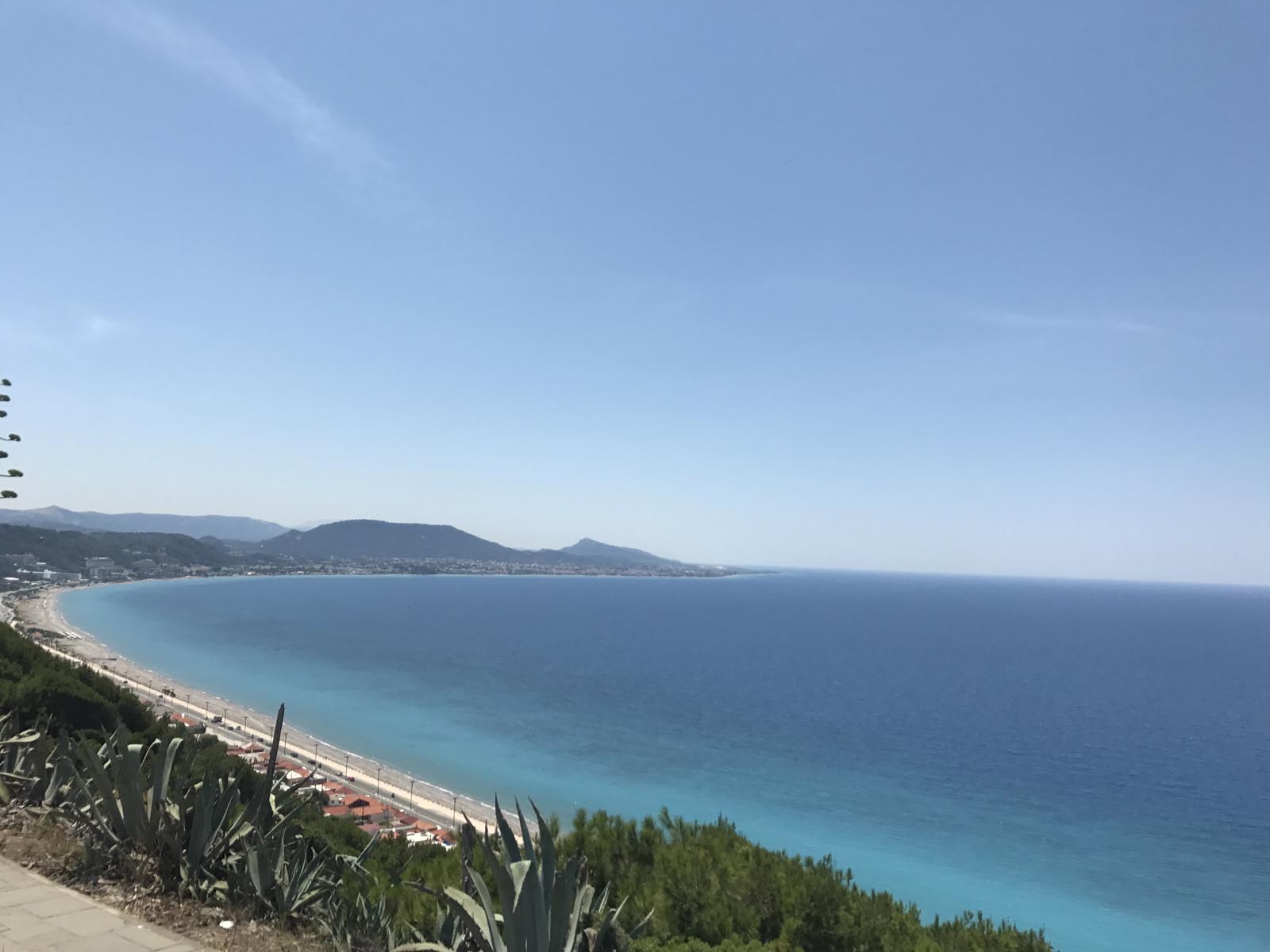
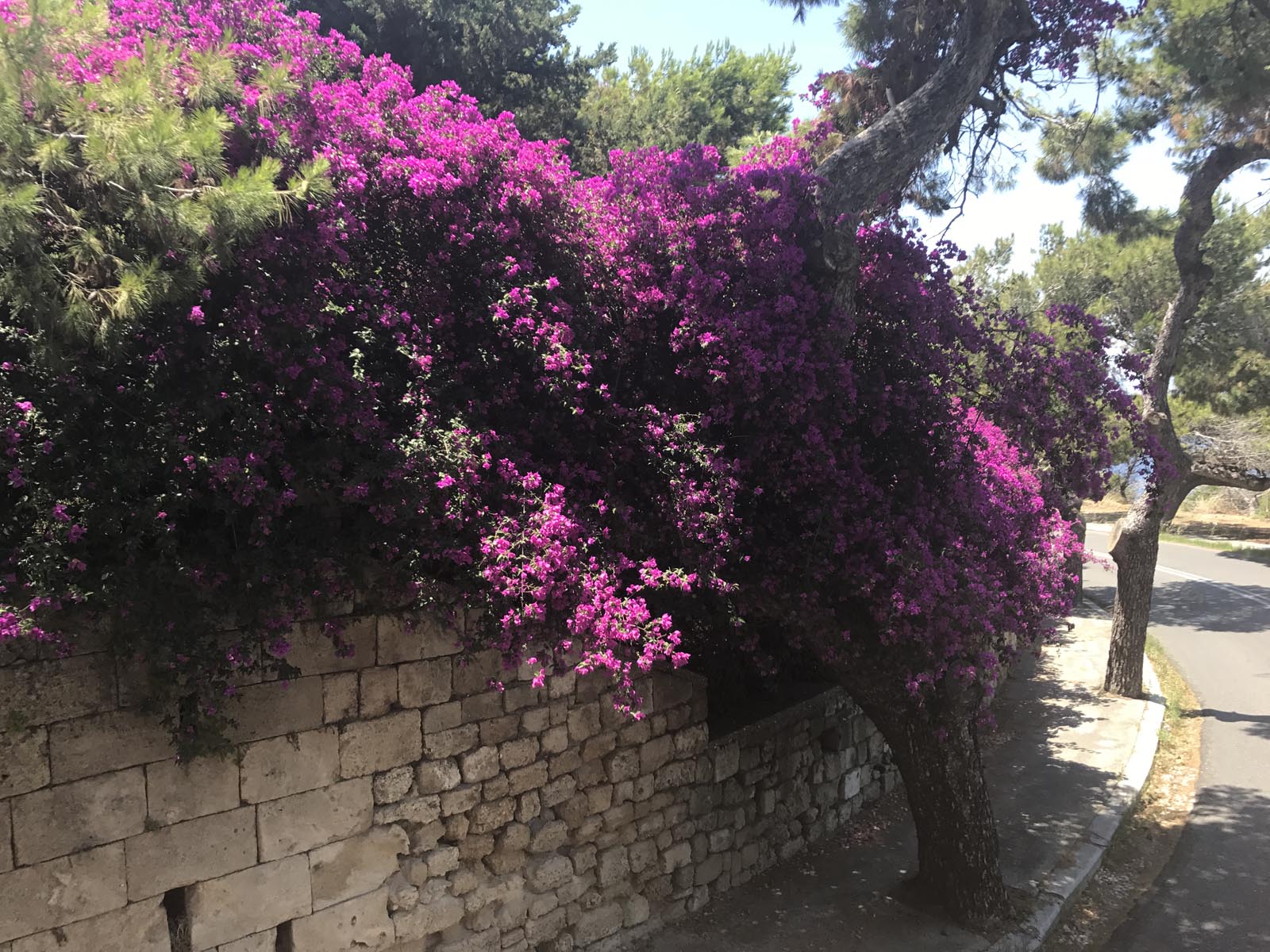
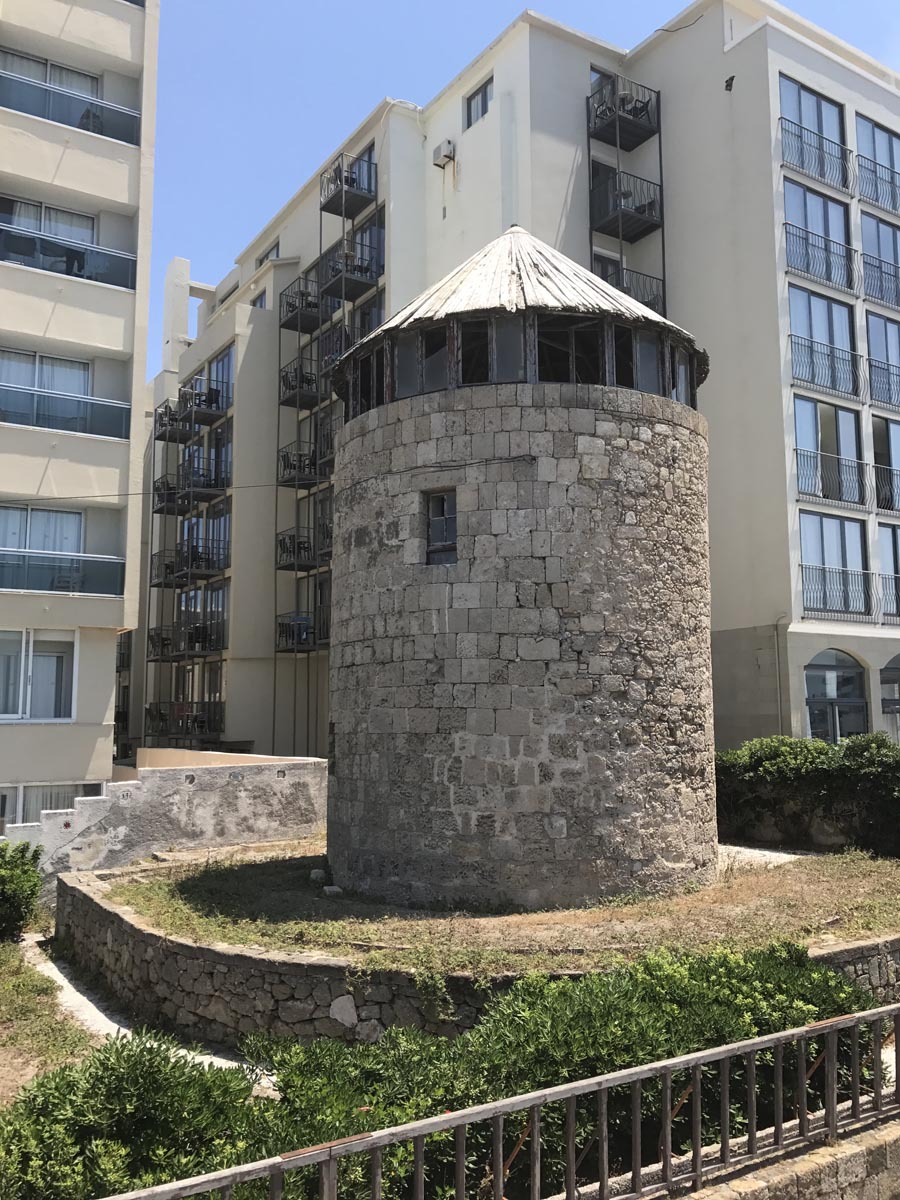
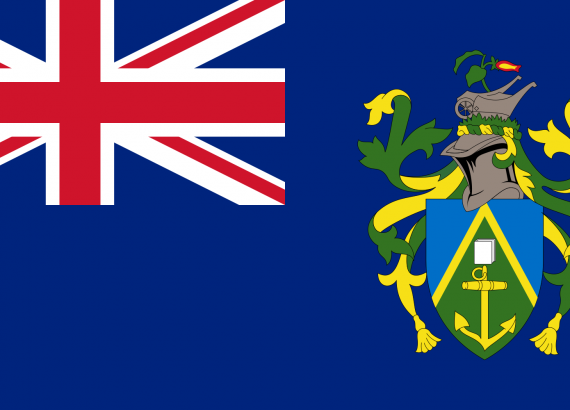
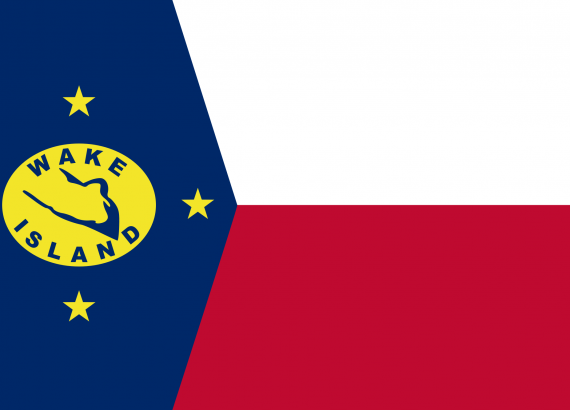
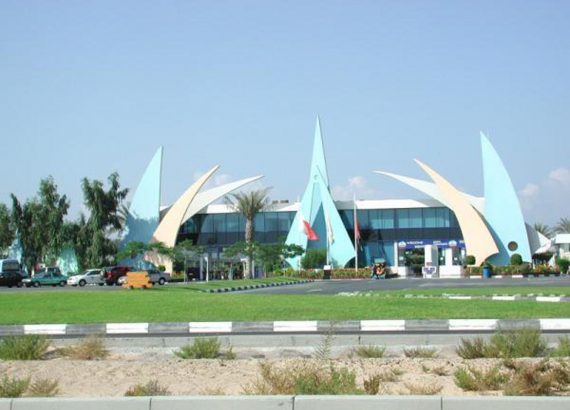
No Comments